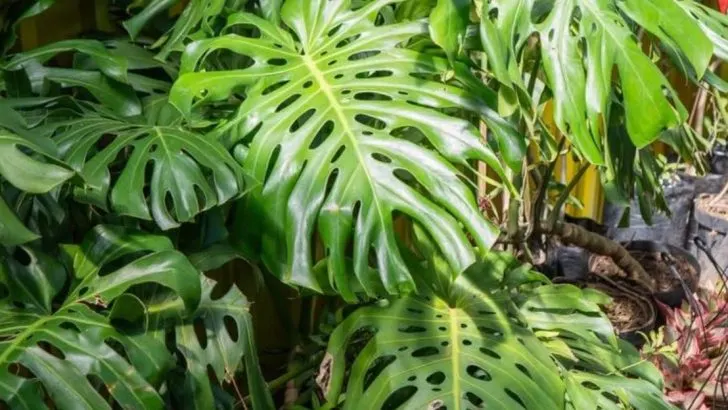When temperatures soar, your plants can suffer just like we do—wilting, dropping leaves, or even burning under the scorching sun. But here’s the good news: you don’t need fancy gadgets, shade cloths, or pricey irrigation systems to help them through a heatwave.
In fact, some of the most effective ways to protect your plants from extreme heat are completely free. You probably already have everything you need lying around your home or garden. From smart placement tricks and repurposed household items, to watering at the right time and using nature’s own cooling methods, these simple, no-cost strategies can make a huge difference.
Whether you’re tending to houseplants, balcony pots, or an entire backyard garden, these 18 easy tips will help your green friends stay cool, hydrated, and healthy—even in the hottest part of summer. Best of all? You don’t have to spend a cent.
Before you consider skipping gardening this season, try these quick, proven ways to beat the heat—your plants will thank you.
Utilize Natural Shade
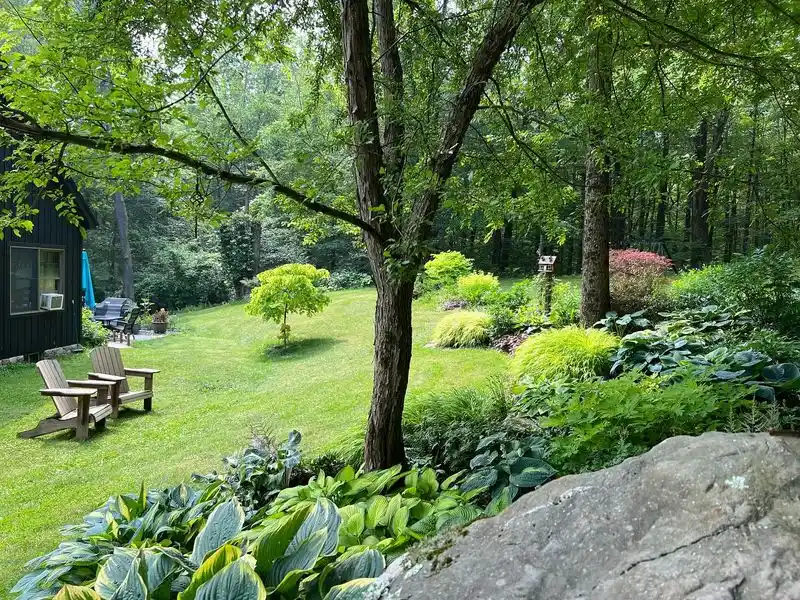
Nature often provides the best solutions. Trees, with their expansive canopies, can be a plant’s best friend. A simple rearrangement of pots to take advantage of natural shade can significantly reduce heat stress. Not only do trees offer coverage, but they also cool the surrounding air, creating a more hospitable environment. If you lack trees, consider the shade offered by walls or fences. Strategically placing plants to benefit from these structures can make all the difference.
Mulch Like a Pro
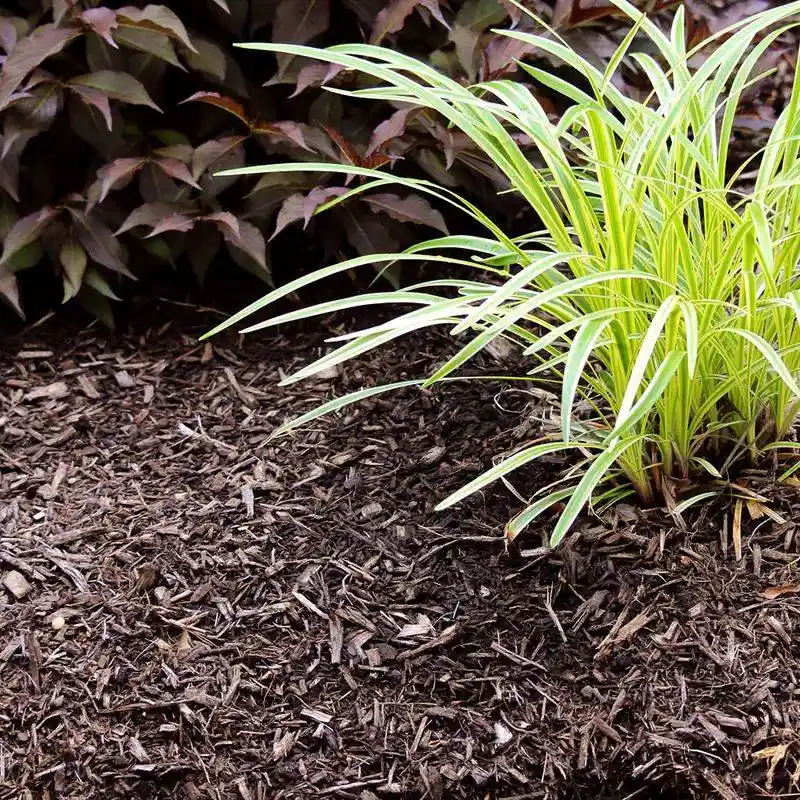
Gardeners in the know swear by mulching for good reason. A thick layer of organic material like straw, wood chips, or leaves can dramatically reduce soil temperature. This protective layer not only cools but also retains moisture, cutting down on watering needs. Mulch also enriches the soil as it breaks down, providing a trifecta of benefits. Who knew something so simple could be so effective?
Water Wisely
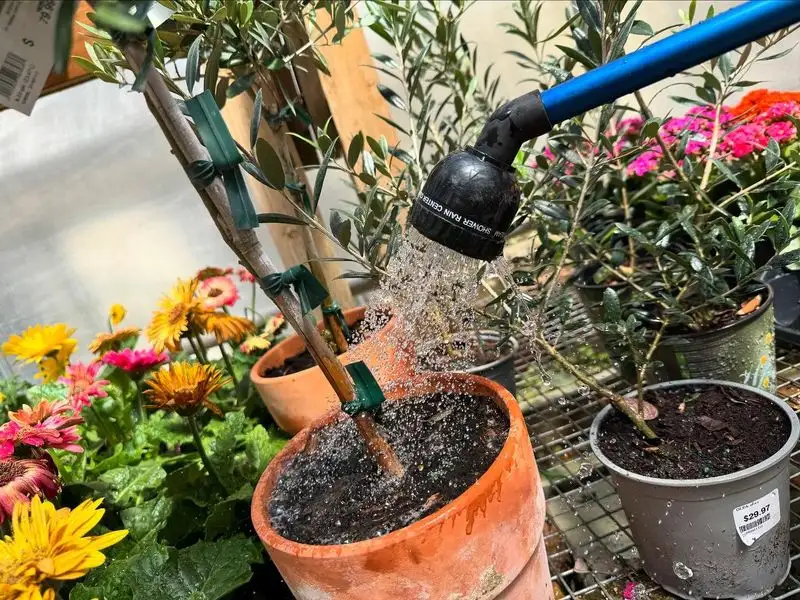
Timing is everything when it comes to watering. Early morning watering ensures plants are hydrated before the sun peaks. This method reduces evaporation and gives plants ample moisture to face the day. Evening watering is also an option but can sometimes lead to fungal issues if not managed properly. Always aim for the base of the plant to ensure water reaches the roots effectively.
Create a DIY Shade Cloth
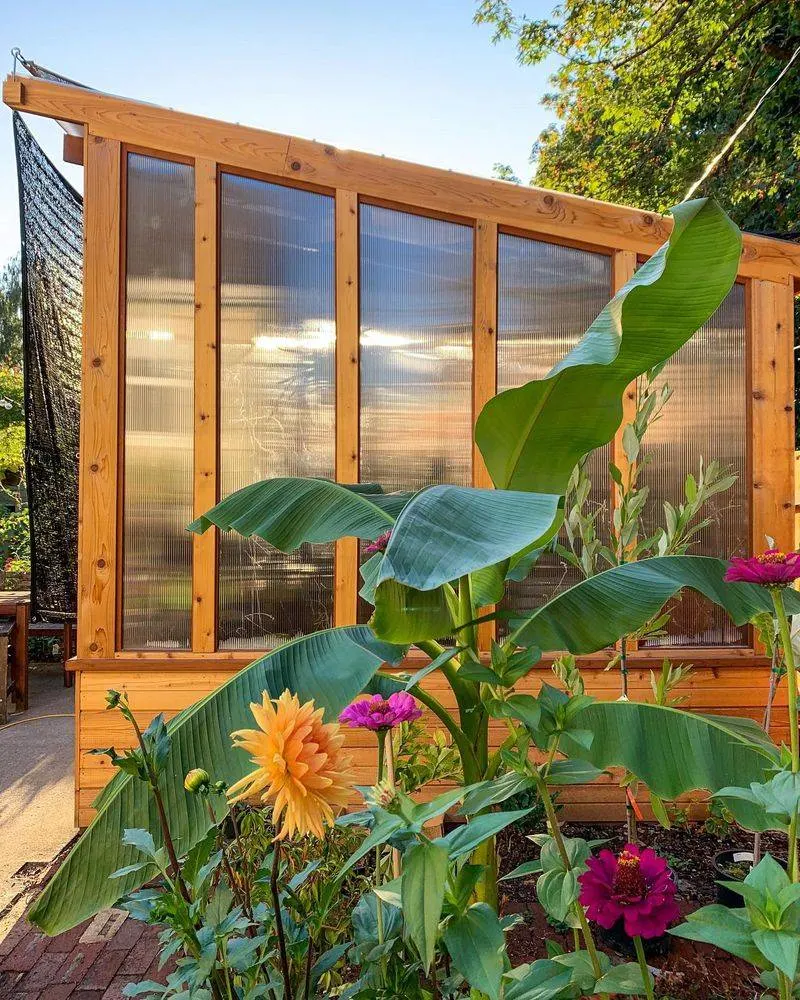
Ingenuity is a gardener’s ally. Old bed sheets or sheer curtains can transform into makeshift shade cloths. By draping these materials over plants during the hottest hours, you protect them from the sun’s harsh rays. Not only is this a cost-effective solution, but it also offers flexibility to adjust coverage as needed. This approach is especially useful for delicate plants that are more susceptible to sunburn.
Use White Paint on Pots
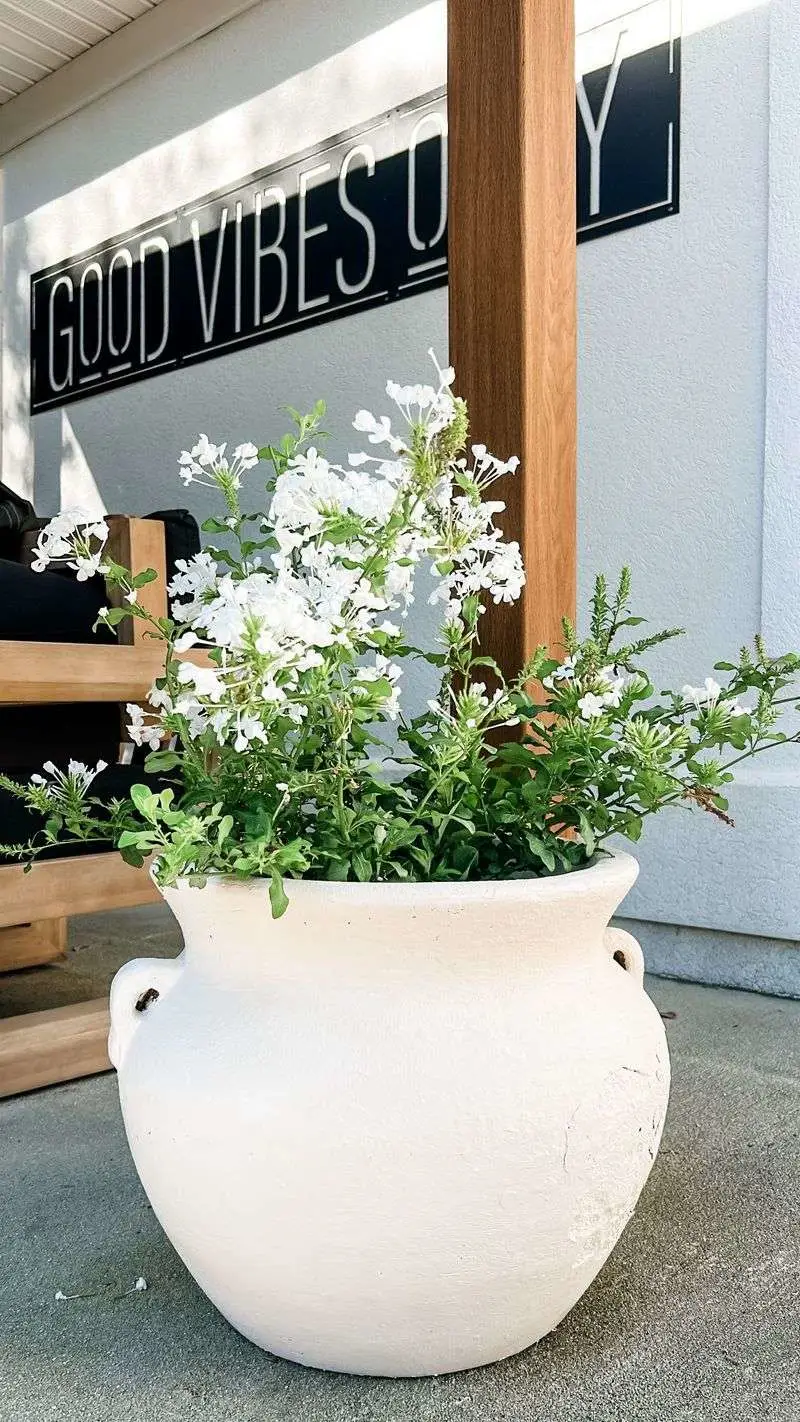
A coat of white paint can work wonders on terracotta pots. This simple trick helps reflect sunlight, keeping the pot and the soil inside cooler. It’s a practical method for small gardens where space is limited and pots are the primary growing medium. Not only functional, but this trick also adds a touch of aesthetic appeal to your garden space.
Strategic Plant Grouping
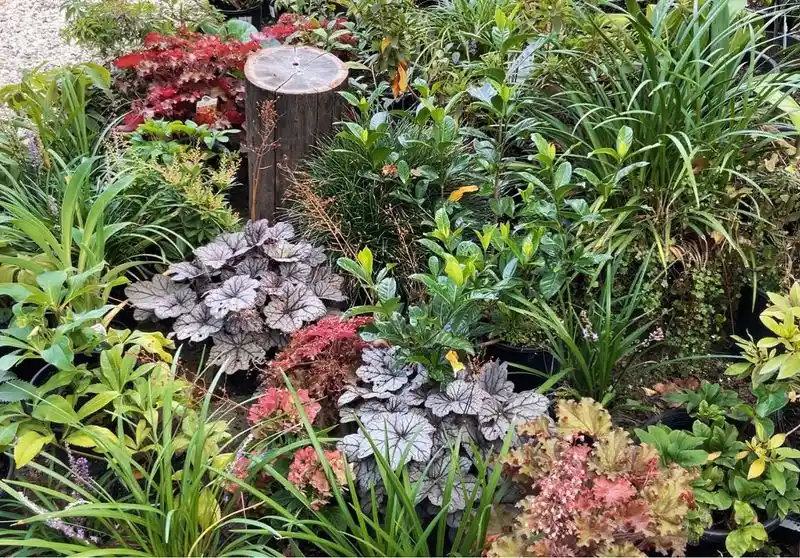
Grouping plants by their water and shade requirements can mimic natural ecosystems. Taller, robust plants provide shade for shorter, more delicate varieties. This symbiotic planting not only maximizes space but also reduces heat stress for vulnerable plants. It’s a clever way to recreate a forest-like environment in your garden, promoting biodiversity and resilience.
Reflective Surfaces in Garden

Reflective surfaces can play a surprising role in cooling. Strategically placed mirrors or aluminum foil can redirect sunlight away from sensitive plants. This creates a cooler microenvironment and can even add an artistic flair to your garden. Such innovations show that sometimes the best solutions are right in front of us, yet cleverly disguised.
Collect Dew with Sheets
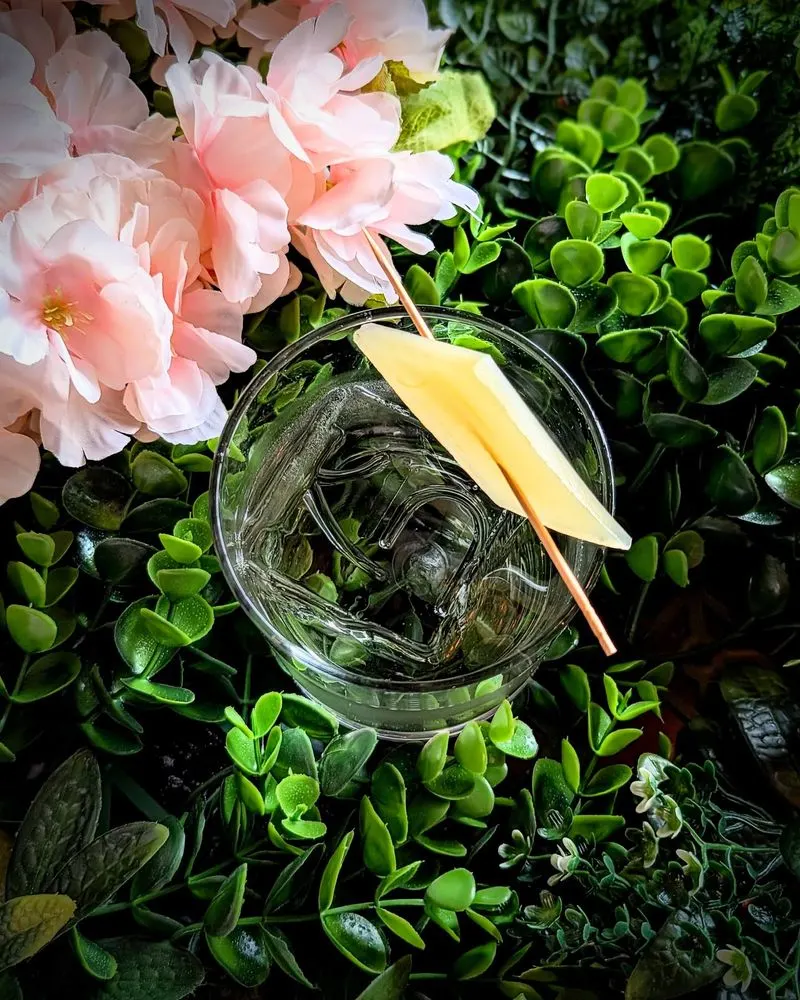
Capture nature’s own water source by laying out sheets overnight. The collected dew can then be used to water sensitive plants in the morning. This method is particularly helpful during water restrictions. It’s an example of how a bit of creativity can go a long way, especially when resources are limited.
Build Humidity Trays
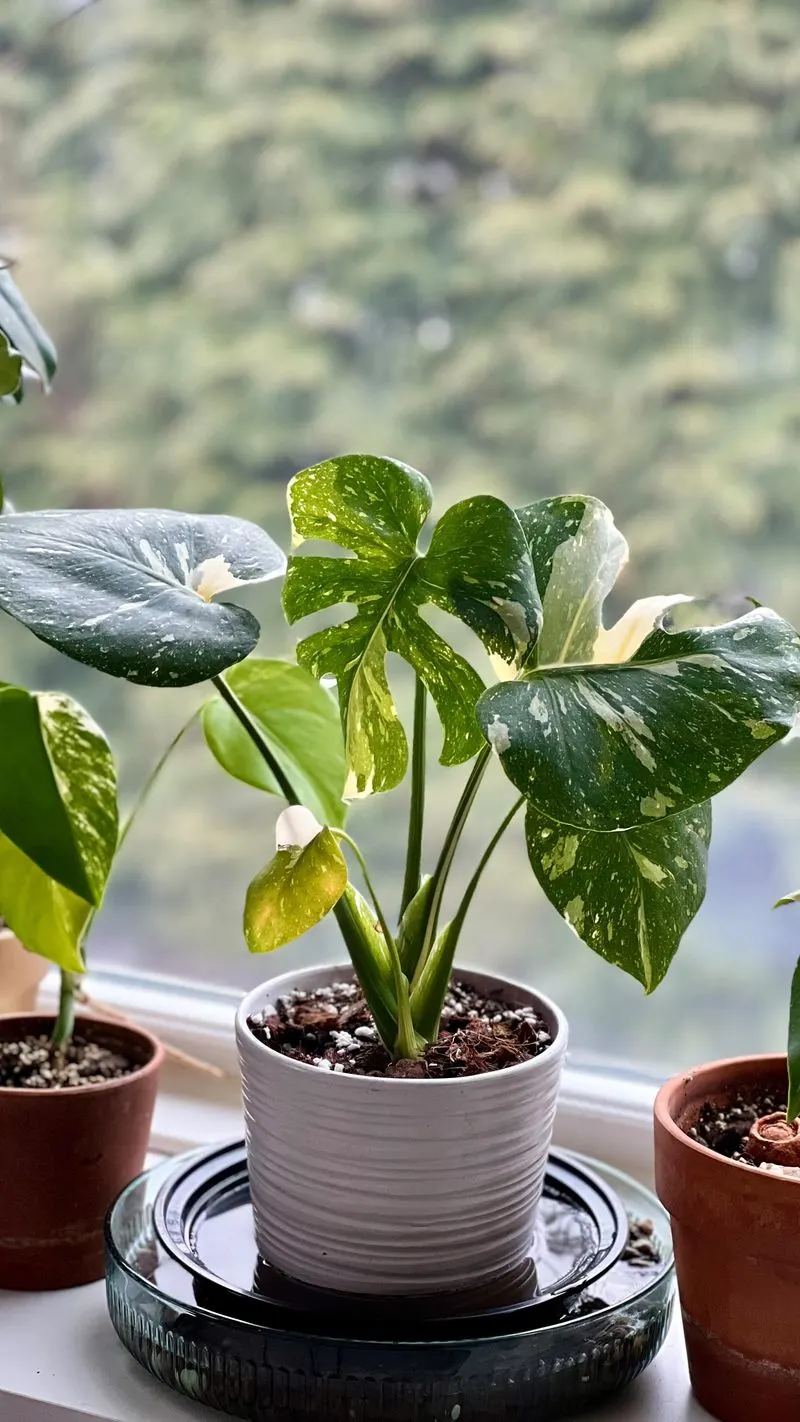
Humidity trays can be a game-changer for potted plants. Simply place a layer of pebbles in a tray and fill with water, then set your pot on top. As the water evaporates, it creates a humid micro-climate around the plant. This is particularly beneficial for tropical plants that crave moisture but might not get enough in dry, hot conditions.
Bury Clay Pots
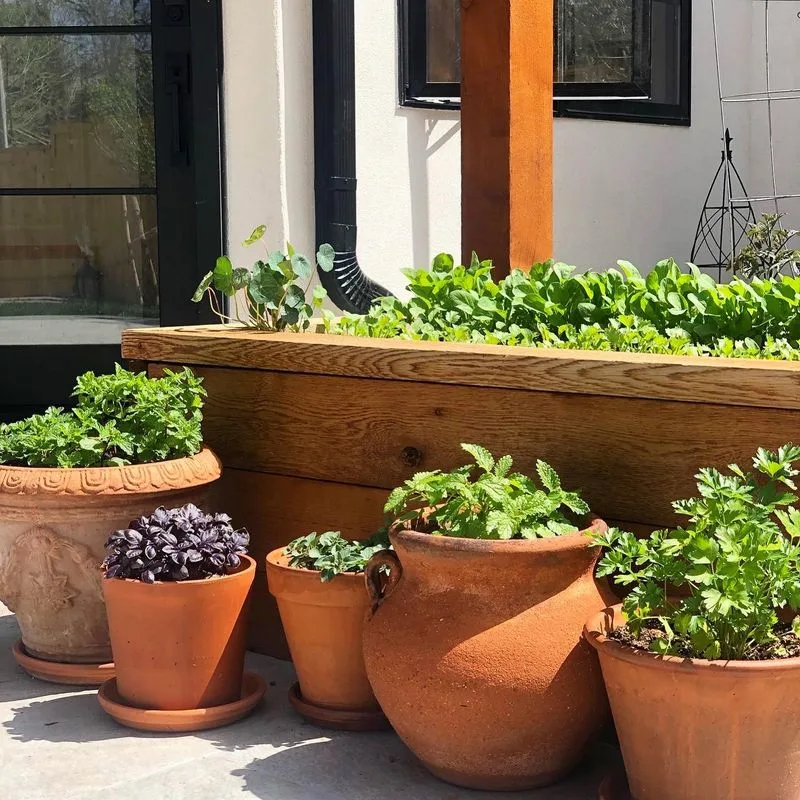
An ancient technique that still holds value today involves burying clay pots. These porous vessels allow water to seep slowly into the surrounding soil, maintaining consistent moisture levels. This method is ideal for gardens without access to regular watering and offers a sustainable way to keep plants hydrated.
Position Near Water Features
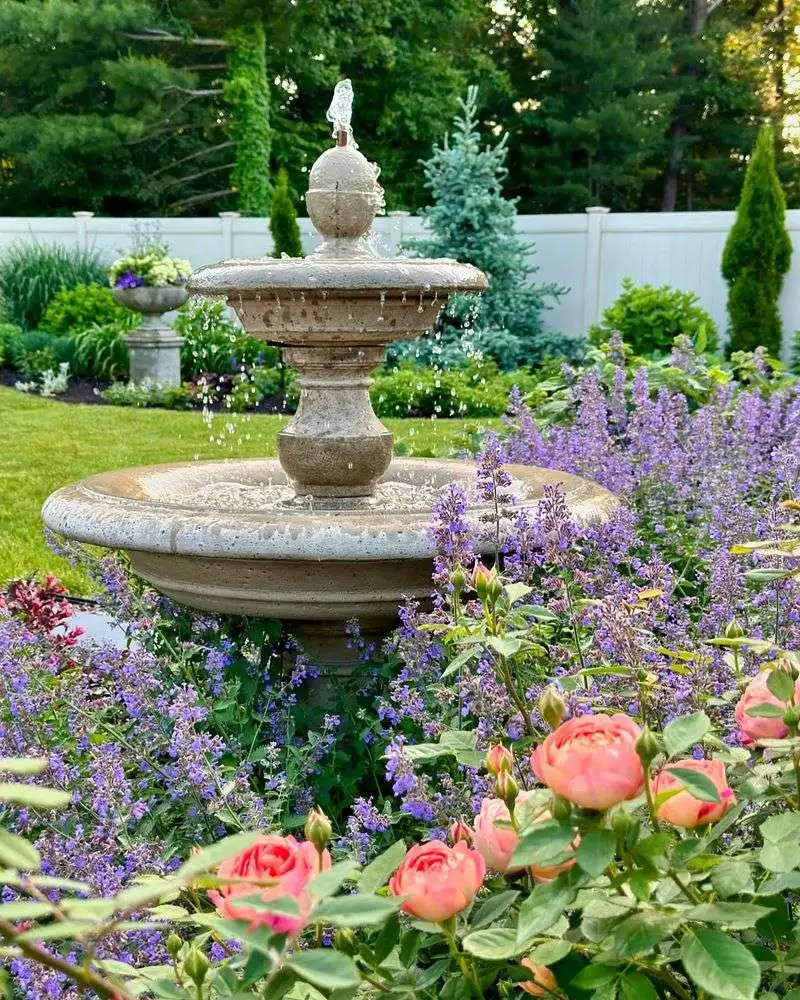
Water features are not just aesthetically pleasing; they serve a practical purpose too. Positioning plants near ponds or fountains can help lower temperatures and increase humidity. This approach harnesses the natural cooling effects of evaporation, creating a more comfortable environment for your plants to thrive.
Rotate Plants Regularly
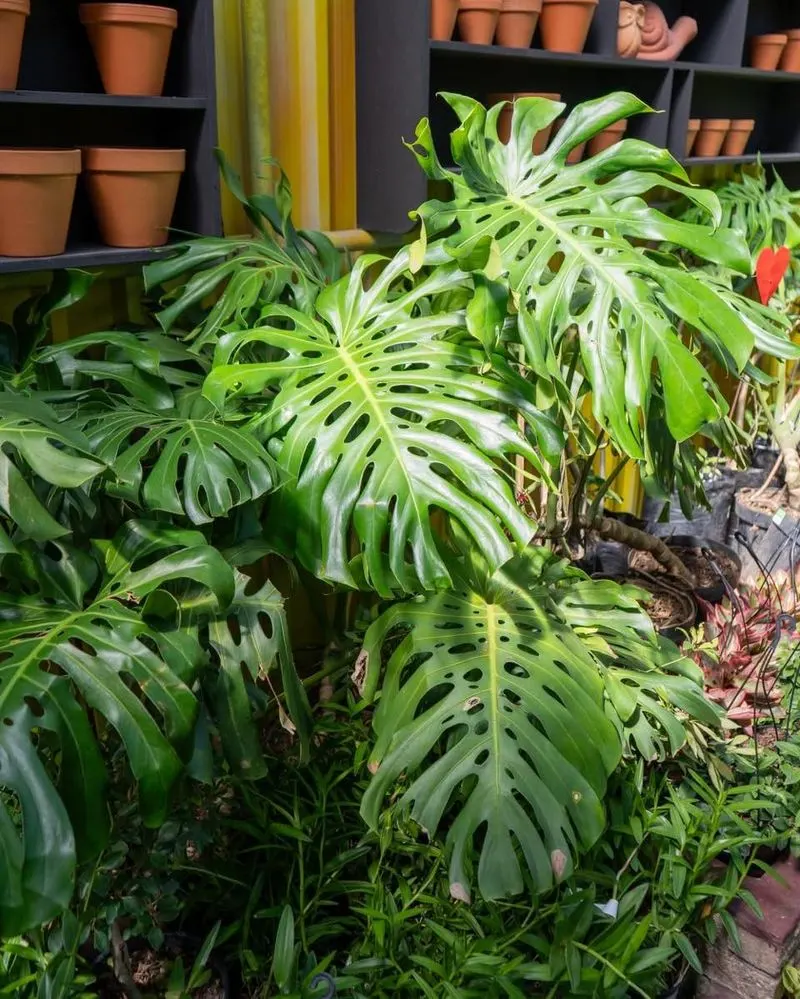
Regular rotation of potted plants ensures even exposure to sunlight and prevents overheating on one side. This is particularly useful for plants kept on windowsills or balconies. By changing their orientation, you give each side a fair chance to bask and rest, keeping the plants healthy and vibrant.
Leverage Natural Breezes
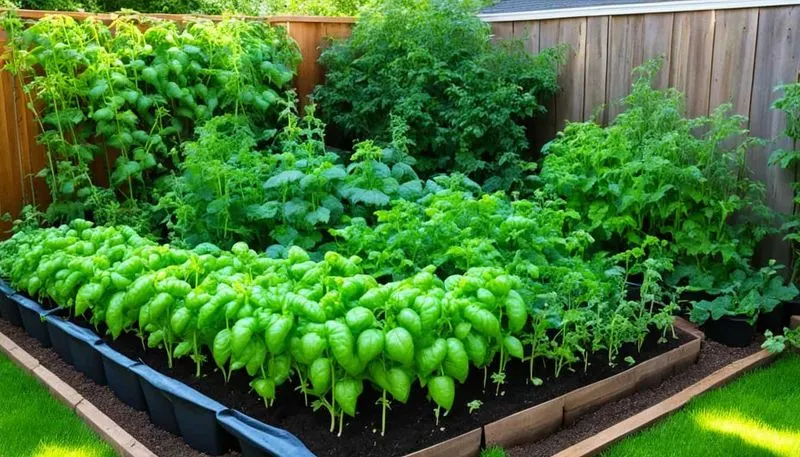
Breezes are nature’s air conditioning. If your garden is in a breezy area, make the most of it by planting wind-friendly varieties. These plants can sway gracefully without breaking, and the airflow helps reduce temperatures. It’s a reminder that sometimes the simplest elements can offer the most effective solutions.
Use Companion Planting
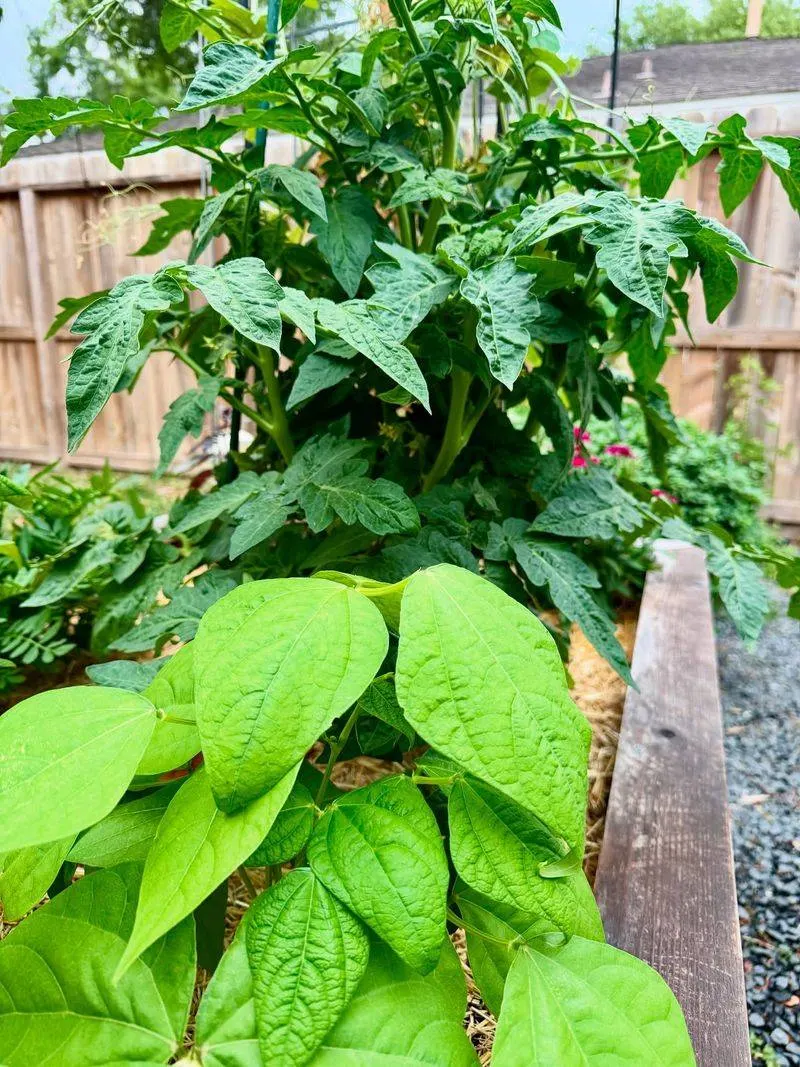
Companion planting isn’t just for pest control; it’s also a great way to keep plants cool. Certain plants, like basil and marigold, can offer shade and protection to more heat-sensitive plants like tomatoes. This mutually beneficial arrangement enhances growth while providing natural temperature regulation.
Utilize Hedges for Windbreaks
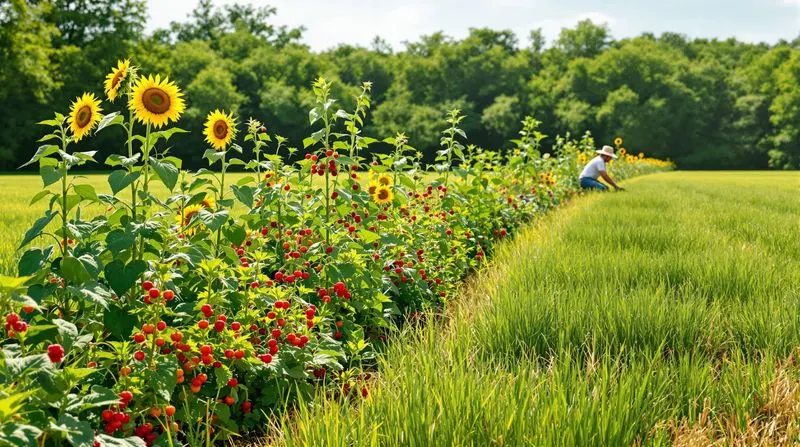
Hedges serve as both a protective barrier and a functional design element in gardens. By planting dense hedges, you can shield more delicate plants from harsh winds and extreme temperatures. Creating a buffer zone not only stabilizes the environment but also adds a structured aesthetic to your landscape.
Maintain Soil Health
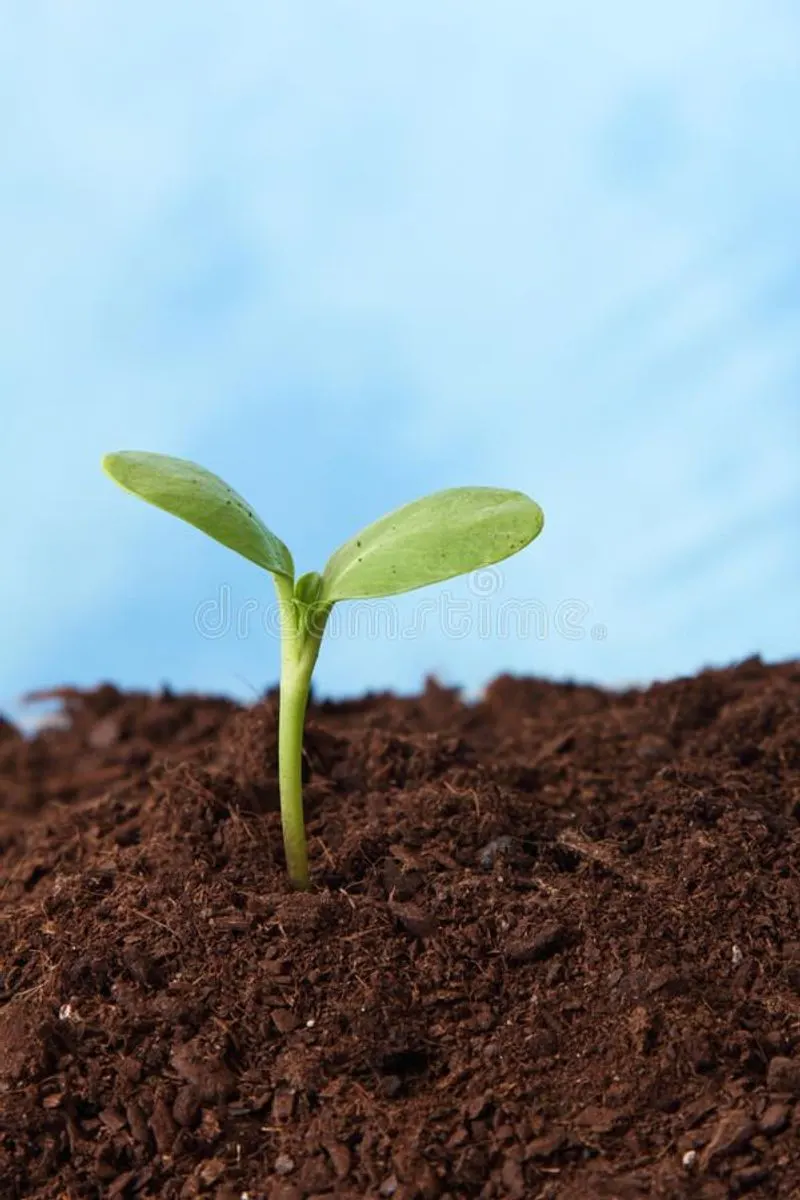
Healthy soil is the foundation of any thriving garden. Regularly adding organic matter like compost can improve soil structure and water retention. This ensures roots stay cool and hydrated during heatwaves. Prioritizing soil health is a long-term investment that pays dividends, especially when the mercury rises.
Prune with Precision
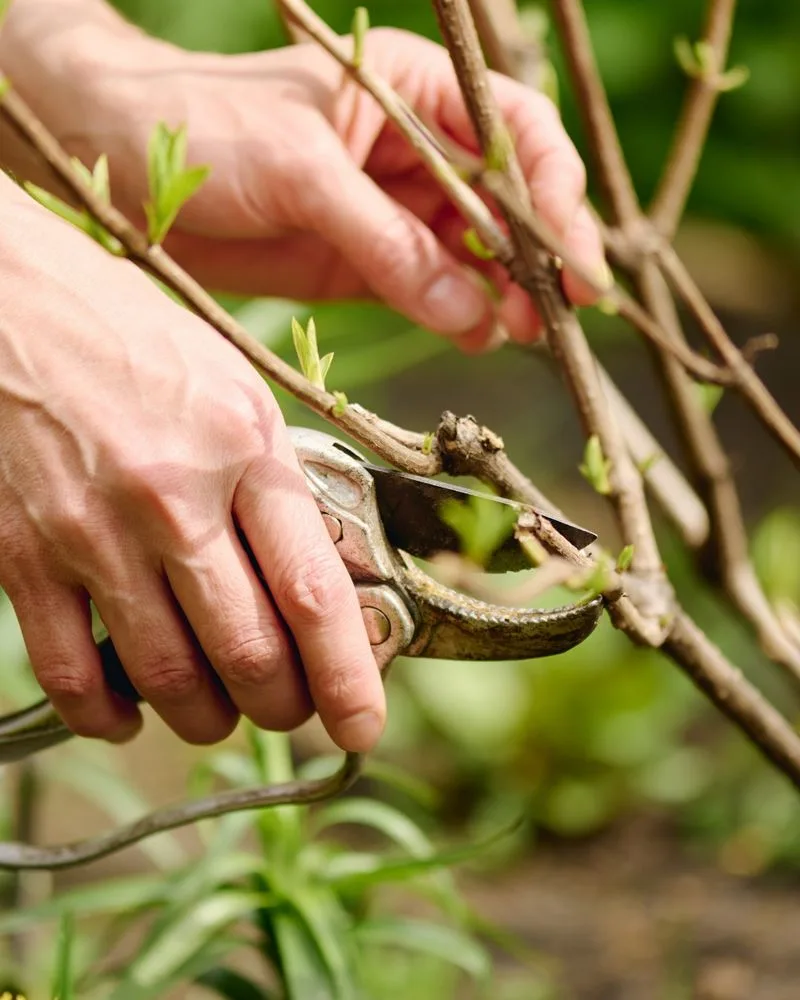
Pruning isn’t just for shaping plants; it’s crucial for their well-being, too. Removing excess foliage reduces the plant’s water loss and stress during hot spells. Careful pruning can also improve airflow, which helps cool the plant. This strategic approach ensures your garden remains manageable and vibrant.
Construct Wind Funnels
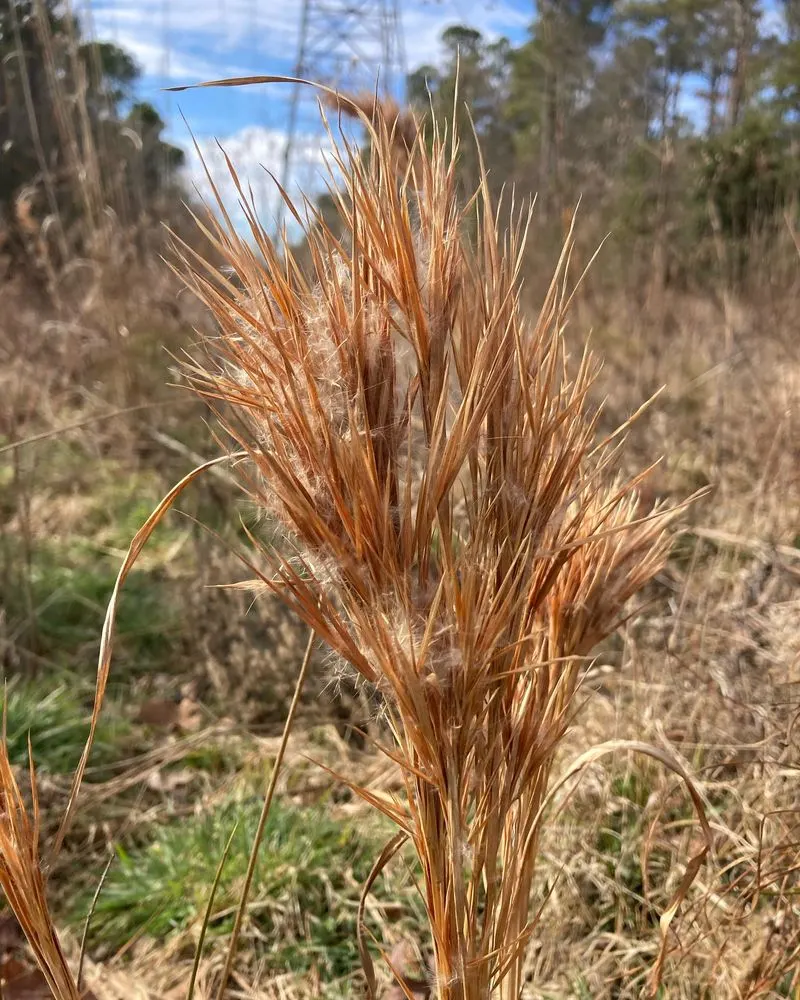
Crafting wind funnels can channel cooling breezes precisely where needed. By using simple materials like cardboard or old piping, you can direct airflow to cool down hot spots in your garden. This is a playful yet practical way to harness natural forces, ensuring your plants remain refreshed and resilient.

